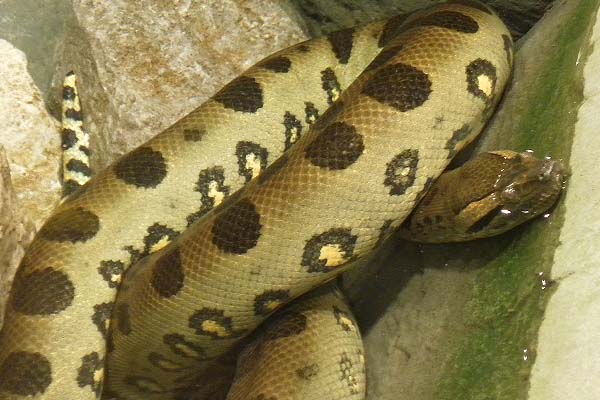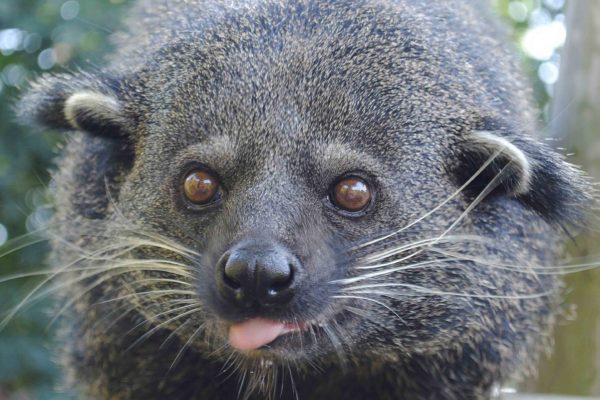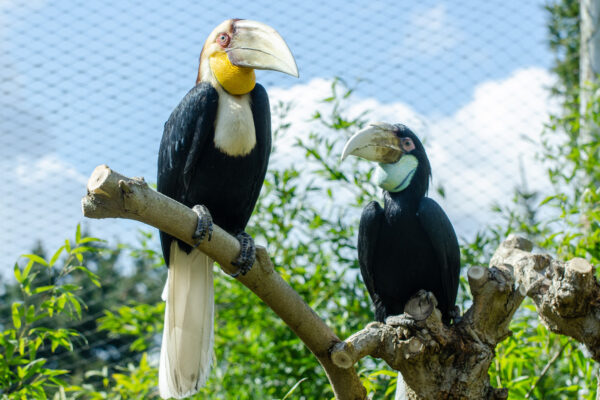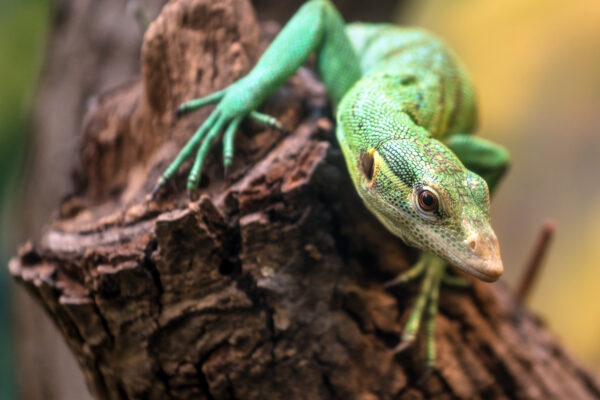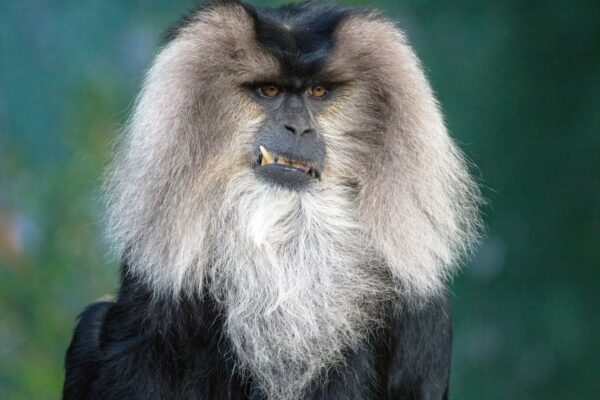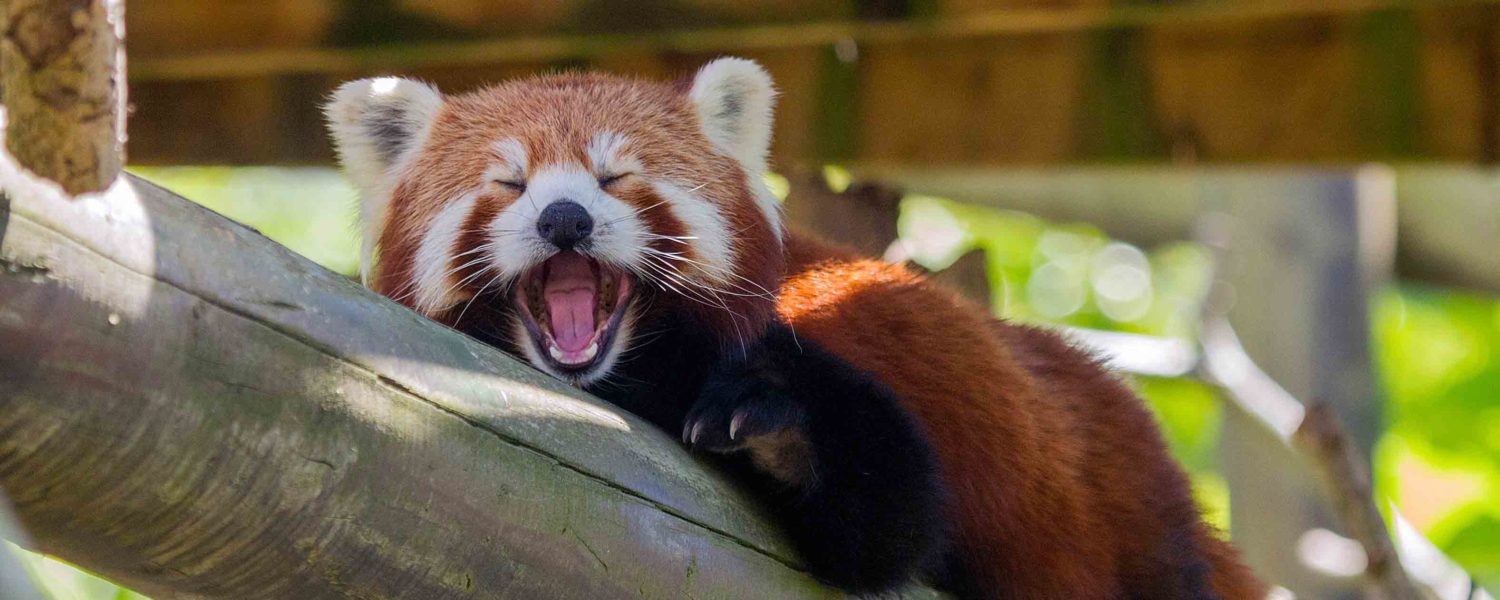Our Rivers Edge section is home to many rare and endangered species with indoor and outdoor viewing available across of a range of different animals from Red pandas to our Green Anacondas.
As you walk around the outdoor viewing areas, you will come across endangered Red pandas, our family of Asian short-clawed otters and the binturong, also known as the bearcat.
Our Rivers Edge indoor walkthrough exhibit also houses several species, from the small and scaly to the large and fluffy. Discover all about the rarest of the macaques with our of lion-tailed macaque family or the heaviest snake on the planet, the Green Anaconda.
In 2021, Our Rivers Edge building was closed of to the pubic whilst we redeveloped the area, not only to enhance the visitor’s experience, but also to upgrade and redeveloped many species enclosures. You can find out more about the redevelopment work here.
You can learn more about the different species at Rivers Edge by attending our daily encounters. View the timetable here.
Animals in Rivers Edge
